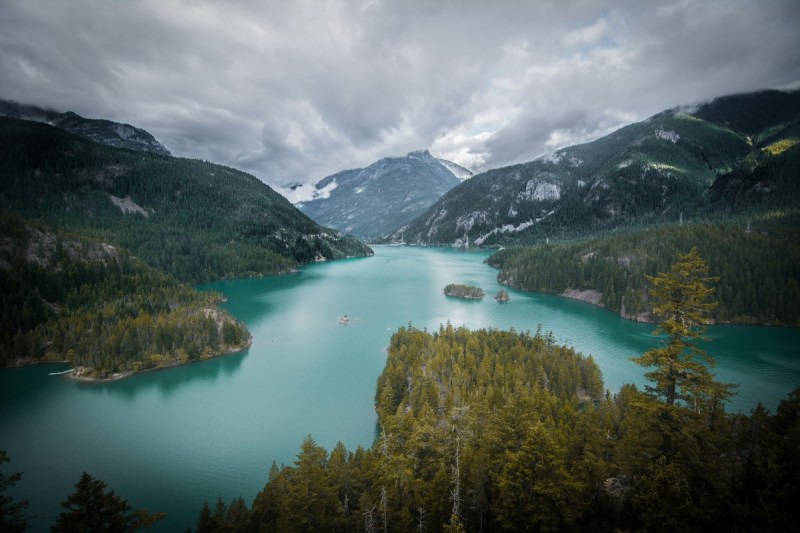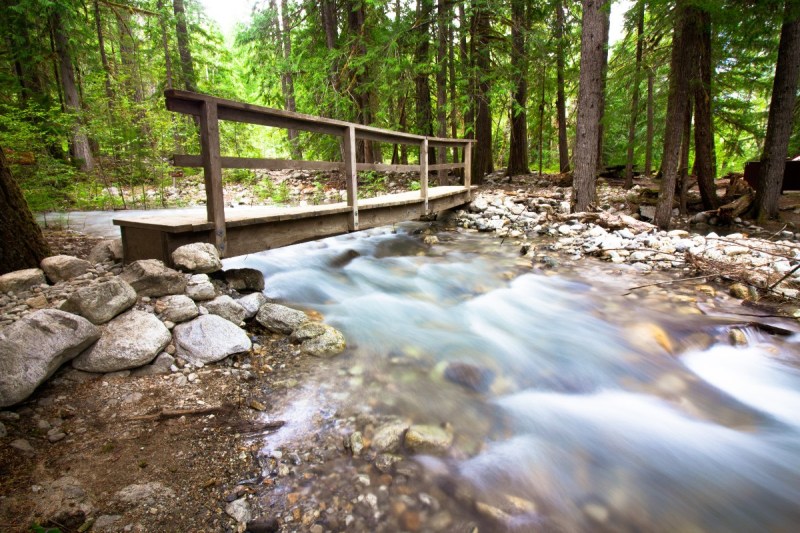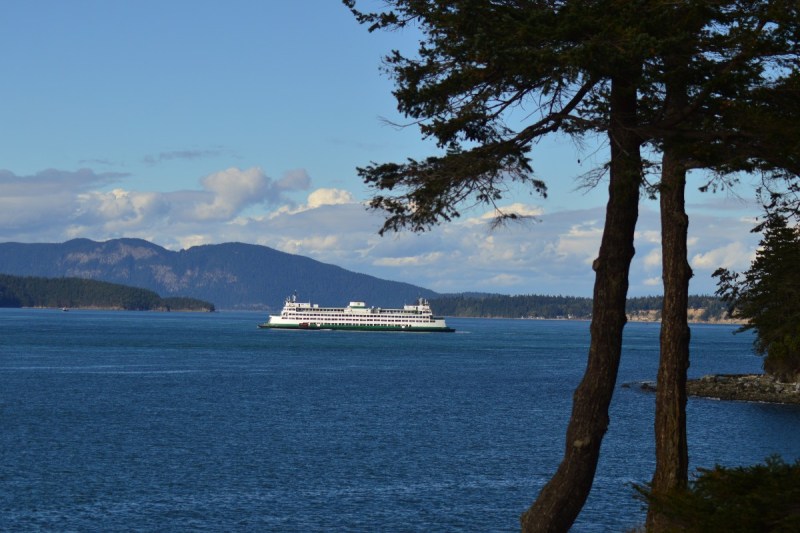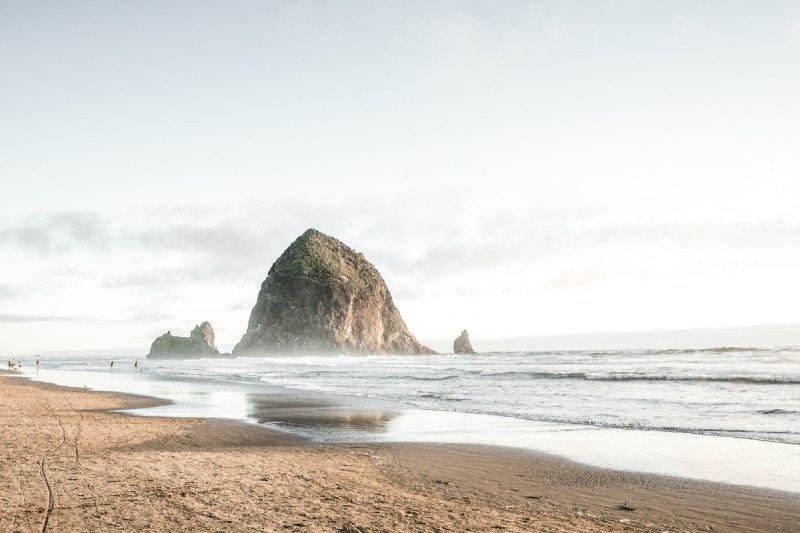
Few places on Earth offer an outdoor lover’s paradise quite like the Pacific Northwest. From forests to deserts, mountains to islands, and beaches to alpine slopes, just about every type of landscape is represented. There’s even a rainforest. And whatever outdoor activity you prefer, whether it’s hiking, cycling, snowboarding or skiing, swimming, fishing, hunting, camping, or virtually anything else, you can enjoy it in the Washington-Oregon-British Columbia trifecta.
With this in mind, let’s take a look at some of the best outdoor opportunities in the Pacific Northwest for camping, hiking, and more. Perhaps I should amend that. “Best” is hard to define. Instead, let’s just say that these are some of the “greatest” and leave it at that. So without further ado, here are some Pacific Northwest camping spots to choose for your next great outdoor adventure.

Pacific Northwest forest and mountain parks
North Cascades National Park
Located in the north-central region of Washington state, the North Cascades National Park offers a staggering abundance of gorgeous scenery and just about every outdoor activity you can imagine. One of the most common activities involves simply driving along the 5-hour round-trip loop through the mountains, stopping every once in a while to take in the sprawling expanse of mountains. Your best place to start is at Ross Lake, where you can camp and hike at Colonial Creek Campground, hike Thunder Knob Trail, or take a small watercraft over the lake.
The Painted Hills
On the eastern side of Oregon stands one of the West Coast’s most unique natural features: The Painted Hills. Famed for its colorful striped appearance because of its many exposed sedimentary layers, this is a supremely magical place to spend the golden hour before sunset and take photos. There are also a number of scenic Old Western and ghost towns to explore, such as Mitchell and Horse Heaven. If you’re into prehistory, keep an eye out for the many opportunities to explore fossils.
Crater Lake National Park
In south-central Oregon, you’ll find the deepest lake in the U.S. — Crater Lake. With its crystal clear waters, it looks like virtually no other place on Earth. Translation: It’s an incredible photo opportunity. It’s also located alongside the Umpqua National Forest, which is about as lush and green as they come, boasting plenty of hiking and camping opportunities. The Umpqua/Crater Lake region is somewhat far from any major cities, so you’d be smart to experience them both while you’re in the area.
Mount Hood National Forest
Visible from the nearby city of Portland, Mount Hood is extraordinarily picturesque. With countless camping opportunities, fishing lakes, hiking trails, and glamping resorts, there’s a little bit of something for everyone. Here, you’ll also find the Timberline Lodge, which you might recognize as the Overlook Hotel in the movie The Shining. It’s only moderately haunted, we promise.
Mount Rainier National Park
During a clear day, Seattleites have a saying: The Mountain is out. The mountain they’re referring to is Mount Rainier, which looms off in the distance. While there are plenty of easy-to-reach campgrounds scattered around its base, if you’re feeling particularly hike-enthused, you can always summit the mountain via a one- or two-day, which is a moderately strenuous trek. While you don’t have to be an expert to undertake this endeavor, it’s not exactly for newbs. There are a number of mountaineering schools located on the mountain that will provide the training necessary to up your hiking game.
Squamish
If you’re looking to head further north, drive about an hour upward of Vancouver and you’ll find one of British Columbia’s outdoor gems: The mountain town of Squamish. The town and region around it offer lots of hiking and camping, and it’s becoming increasingly popular among mountain bikers, thanks to its abundance of trails designed for a wide range of skill levels.

Coastal and island parks
San Juan Islands
At the heart of Washington state are the San Juan Islands. To reach them you need to take a ferry that circulates between the islands, then once you arrive, you find a wonderland of tide pools, wildlife, stunning beaches, and gorgeous sunsets. The islands of San Juan and Friday Harbor also offer an array of charming shops to peruse, while Lopez Island is famous for bike riding. This clutch of islands is also renowned for its sailing opportunities.
The Olympia Peninsula
Washington’s peninsula offers several microclimates — from the beaches along the coast and Puget Sound to the alpine peaks of the Olympia Mountains — all of which are within just a few hours’ drive of one another. Most notably, the peninsula’s Hoh Rainforest has the distinction of being the largest rainforest in the United States. In the rainforest, you’ll find an outright Lord of the Rings vibe, while in coastal towns like Ocean Shores or Westport, you can enjoy plenty of family-friendly entertainment. There are lots of camping opportunities throughout the region, ranging from RVing to wild backpacking to glamping.
Dunes City
Tucked in the southern coastal corner of Oregon, Dunes City feels like another planet. With miles upon miles of Saraha-like, rolling dunes, it’s decidedly the most un-Pacific Northwest place in the entire region. Here, you’ll find plenty of campgrounds, many of which allow you to camp directly on the dunes. Arguably the most popular recreational activity here involves renting an ATV and then blasting over the sand at full speed.

Can you tent camp on the Oregon or Washington coast?
Before we go, let’s take a moment to address one of the most commonly asked questions when it comes to camping in the Pacific Northwest. Many visitors and residents alike wonder if it’s legal to tent camp along the beaches of the Oregon and Washington coasts. In a word, yes, but in more words, it’s a bit more complicated.
You certainly can tent camp in designated campgrounds, of course. Other beaches depend entirely on whether they’re privately owned and local or county regulations. Your best bet if you want to camp in a non-campground is to look for no-camping signs (which are typically posted someplace obvious), or check with the nearest parks and forest service station.



